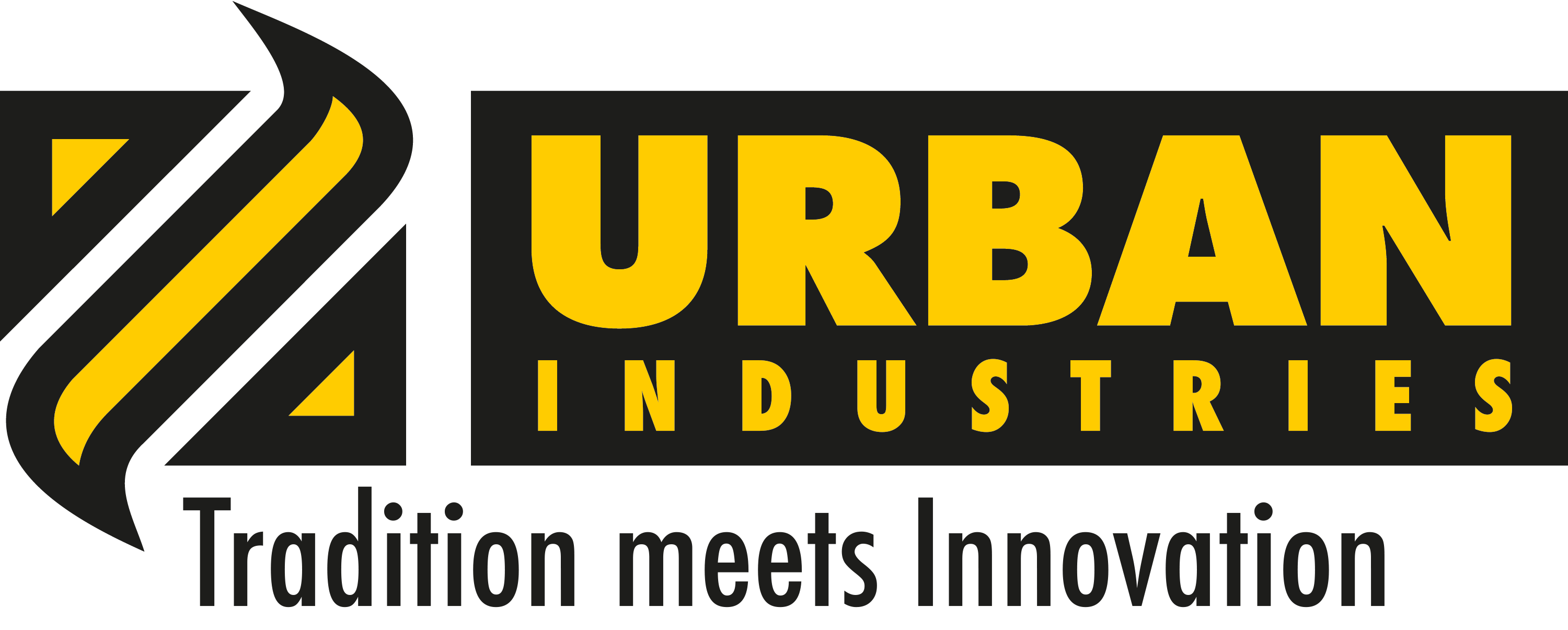Driver’s cab superstructure
Protection and comfort for drivers
The driver’s cab structure is an essential element of modern vehicles, ensuring both the driver’s protection and comfort. These enclosed cab structures are specially designed to ensure safety, ergonomics and efficiency, regardless of whether the vehicle is used in industry, construction or military applications.
What is a driver’s cab body?
The driver’s cab structure comprises the design and integration of closed cab structures that surround the driver. These structures provide protection from external influences and also serve as a working area.
Main features of a driver’s cab body:
- Protective function
- Ergonomics
- Technical integration
Protection from the elements, mechanical hazards and, in certain cases, ballistic protection.
Optimum design for comfortable and e?cient working.
Mounting of control elements, displays and other vehicle technology
Materials for driver’s cab superstructures
The materials for the driver’s cab body are specifically selected to ensure safety, stability and comfort. Frequently used materials are
- High-strength steels
- Composite materials
- Armored glass
- Sound insulation materials
For maximum stability and protection against mechanical impact.
Combinations of light metals and plastics that save weight and are still robust.
For cabins with ballistic protection or increased safety requirements.
For a quiet and comfortable working area.
The materials are often combined in layers to achieve a balance between weight, protection and cost.
Functions and advantages of a modern driver’s cab superstructure
A well-designed driver’s cab offers numerous advantages:
- Security
- Working comfort
- Noise protection
- Technological integration
- Longevity
Protection from the weather, falling objects, splash water and mechanical hazards.
Ergonomically designed seats, optimum visibility and a pleasant room climate promote productivity.
Sound insulation reduces external noise and improves the driver’s concentration.
Cabins offer space for modern control and monitoring systems.
Robust materials and designs increase the service life of the cabin.
Areas of application for driver’s cab superstructures
Driver’s cab bodies are used in various industries and vehicle types:
- Building industry
- Agriculture
- Logistics
- Military
- Public transportation
Cabins for excavators, cranes and other construction machinery offer protection against dust, falling objects and extreme weather conditions.
Tractor cabs offer protection from the weather and dust while maintaining high visibility.
Forklift trucks and other transport vehicles are equipped with ergonomic cabs to enable efficient working.
Protected cabins with ballistic protection for armored vehicles.
Driver cabins in buses and trains are designed for comfort and safety.
Construction of modern driver’s cab superstructures
The construction of a driver’s cab body requires precise planning and high-quality materials.
- CAD-protected design
- Modular design
- Thermal insulation
- Ventilation and air conditioning system
Ensures that the cab is precisely adapted to the vehicle requirements.
Enables individual customizations and upgrades.
Protects the driver from extreme temperatures and ensures a pleasant working climate.
Ensure fresh air and a pleasant temperature, regardless of the outside situation.
Future trends for driver’s cab superstructures
The further development of driver’s cab superstructures is driven by new technologies and requirements:
- Automation
- Sustainable materials
- Smart cabins
- Lightweight construction
Integration of assistance systems and autonomous control.
Use of recyclable and environmentally friendly materials.
Integration of sensors, cameras and AI to optimize safety and e?ciency.
Materials such as carbon fiber reduce weight and increase energy efficiency.
Development challenges
The development of a driver’s cab body is associated with various challenges:
- Weight
- Security
- Ergonomics
The cab must be light enough not to impair the vehicle’s performance.
The highest standards must be adhered to in order to protect the driver.
The cab must be comfortable to facilitate long-term work.
Conclusion
The driver’s cab is an essential component of modern vehicles, combining safety, comfort and efficiency. With high-quality materials, ergonomic design and technical integration, cabs make a significant contribution to the productivity and safety of vehicle drivers. Whether in construction, logistics or the military – a well-designed driver’s cab is essential for success in any industry.

